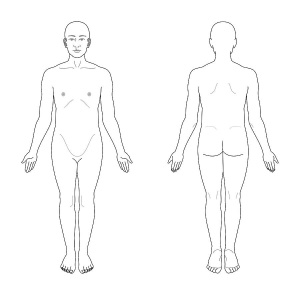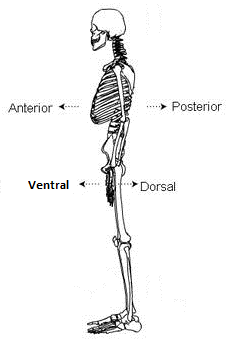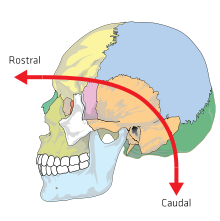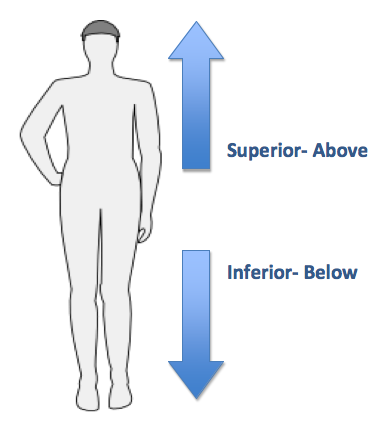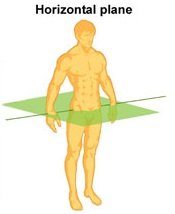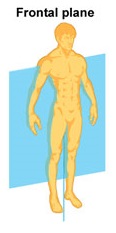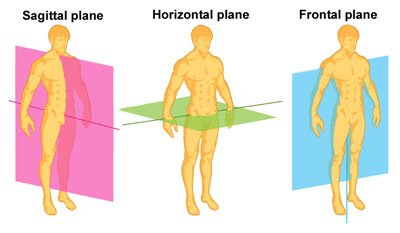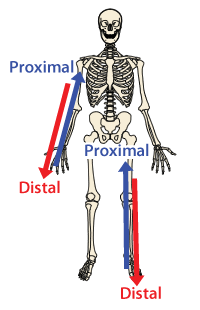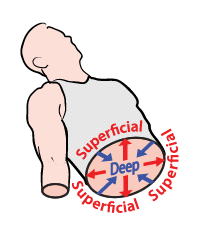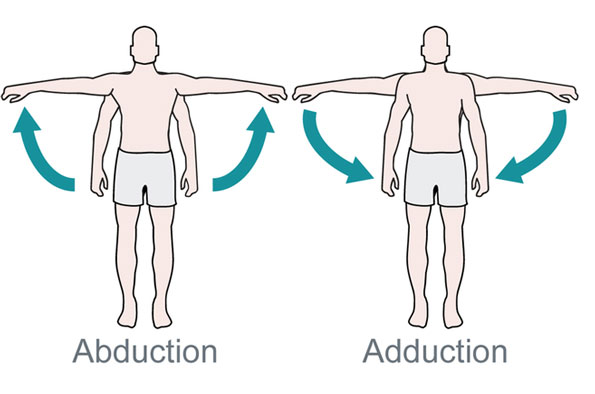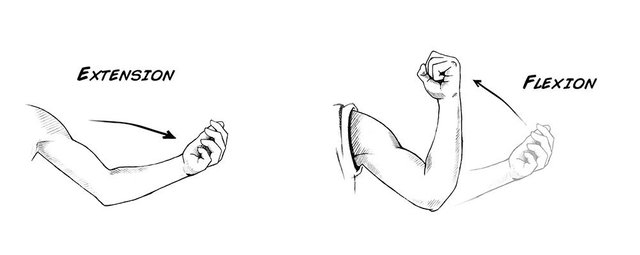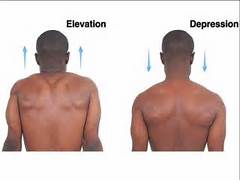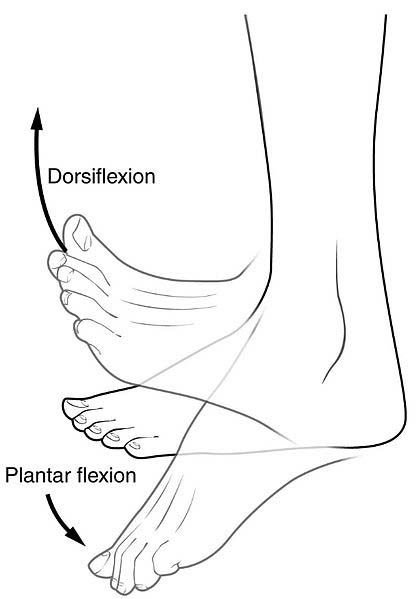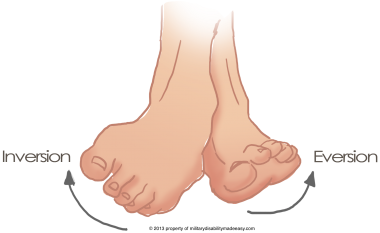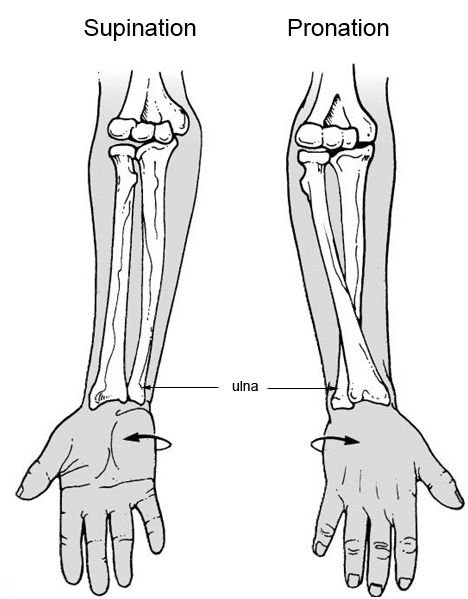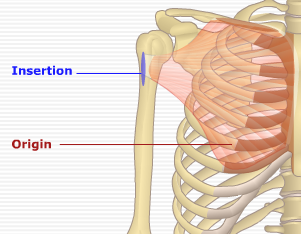Human Anatomy 101 – Anatomical Terminology (Detailed)
G’day team,
This article is for those who already have a basic understanding of anatomical terminology and would like to go into a bit more detail. It's by no means an exhaustive list of terms used across all the fields that use anatomical terms, but it's a very good start.
If you're not sure you're ready for the details then no problems! Click Here for the Basics Article
Anatomical Position
This section is the same as in the basic article
When we speak about anatomy we need to make sure that everyone in the conversation is visualising the person (subject) in the same position, to avoid confusion. As such we have a standard ‘anatomical position’ (below) that is used worldwide. The person is standing, with legs slightly apart, hands are at their sides and (most importantly) their palms are facing forward.
Directions
Front and Back
Anterior - Refers to the front of the body
Posterior - Refers to the back of the body
Ventral - Refers to the front of the body
Dorsal - Refers to the back of the body
Example: “The nose is anterior/ ventral to the ears” or “The heel is posterior/ dorsal to the toes”
A Special Exception for the Nervous System
When we’re talking about the nervous system you may come across some different terms which are used to describe the positions of different parts of the central nervous system (brain and spinal cord). The terms are:
Caudal -Towards the front
Rostral - Towards the back
The human central nervous system is essentially a straight line which runs superior-inferior for the spinal cord and then anterior-posterior for the brain, as it lies in the skull. Have a look below to see what this means. (This is one of those layover terms from animal anatomy, where most animals which walk on four legs have a caudal and rostral that’s the same all along their nervous system).
Example: “The spine is rostral to the brain” or “the frontal lobe is caudal to the occipital lobe”
I know this sounds complicated but it’ll make more sense later when we discuss the CNS
Up and Down
Superior - Up (towards the head)
Interior - Down (towards the feet)
Example: “The head is superior to the shoulder” or “The Hips are inferior to the chest”
Left and Right
Left - Left
Right - Right
;)
Planes
Down the Centre
This section is the same as in the basic article
Sagittal Plane - If we split the body down the centre, separating the left from the right, we create a sagittal plane
Through the Middle
This section is the same as in the basic article
Transverse Plane - If we split the body, separating the top of our body from the bottom, we create a transverse plane
Across the Body
Frontal Plane or Coronal Plane - If we split the body separating the front (anterior) from the back (posterior), we create a frontal or coronal plane
All Together
Relative Terms
This section is the same as in the basic article
Well done! Most of the terms that are actually used have already been covered above, and if you take an active interest in anatomy you’ll quickly learn to use these terms as easily as you breathe. But when we’re describing one anatomical feature, relative to another, then we come to rely on relative terms heavily.
Let’s start with a really simple example! Describe where the elbow is relative to the wrist?
If you remember from above that when we talk about anatomy we always assume that our subject is in anatomical position, then your answer should be the wrist is superior to the elbow. And this is true! But in practice we can’t always rely on our subjects (or patients) to stay in anatomical position, and having some terms that allow us to compare the position of two parts of anatomy helps us speak fluently.
So let’s learn these terms
Far and Near
Distal - Further from the centre of the body
Proximal - Nearer to the centre of the body
These terms are usually used when describing features of the limbs, as they do not generally apply to the trunk
Example: “The elbow is distal to the shoulder” or “The knee is proximal to the ankle”
Exterior and Interior
Superficial - Nearer to the surface of the body
Deep - Further from the surface of the body
Example: “The skin is superficial to the muscle” or “The brain is deep to the skull”
Movements
In and Out
Adduction - Move towards the centre-line, or bring together
Abduction - Move away from the centre-line, or separate
Now I know what you’re thinking, who decided it’d be a great idea to have a one letter difference between these two? Probably the same guy who decided on “hypo” for low and “hyper” for high. But unfortunately that’s the way it is!
Bend and Straighten
Flex - Bend a joint, or if a joint can be bent both ways then to bend anteriorly (forward)
Extend - Straighten a joint, or if a joint can bend both ways then to bend posteriorly (backward)
Up and Down
Elevation - to move superiorly (up)
Depression - to move inferiorly (down)
##Feet and Hands##
Feet
Due to its unique ability to move in many direction the feet have their own anatomical terms for flexion, extension and twisting.
Dorsiflexion - Lifting the good, the movement made when you bring your toes to your knee
Plantar Flexion - Pushing with the toes, the movement made when attempting to stand on tippie-toes
Inversion - The classic “twisted my ankle” motion, movement of the large toe up and the little toe rolling under
Eversion - The opposite of inversion, movement of the little toe up and the large toe rolling under
Hands
Because the positioning of the hands is so counter-intuitive we have terms to describe which way around the wrist is twisted.
Supination - move the palm to face anteriorly (when in anatomical position), in this position the bones of the forearm (radius and ulna) are not crossed
Pronation - move the palm to face posteriorly (when in anatomical position), in this position the bones of the forearms (radius and ulna) are crossed
Muscles
Skeletal muscles contract and in doing so they (generally) allow movement across a joint. But the role of each muscle in each movement is identified using the terminology below. We also have terms to describe where a muscle starts and ends, and give a clue as to which way it pulls.
Movement
Agonist - The muscle performing the movement
Stabilizer - The muscles stabilizing the joint while a movement is performed (which they do not help with)
Antagonist - The muscle which has the opposite muscle to the agonist
Example: For flexion of the elbow the biceps muscles are the agonist, the triceps are the antagonist (as they do the opposite movement (extension)) and the anconeus is a stabilizer.
Start and End
Origin - the muscle attachment site at the position which does not move
Insertion - the muscle attachment site at the position which does move
Example: The origin of the pectoralis major is the ribs & sternum, the insertion is the humerus. The action of the pectoralis major is to bring the humerus inwards (adduct/ closer to the ribs and sternum, which do not move).
Too hard? Go here for a less detailed explanation.
Thanks team
-tfc
My Recent Posts
Hi, I'm Tom! (My life of medicine, science and fantasy)
Hydatidiform Mole – When Pregnancy Goes Wrong
Tags - Top 20 Profitable, Engaging and Popular tags
New Years Resolutions - How to set goals, and achieve them
